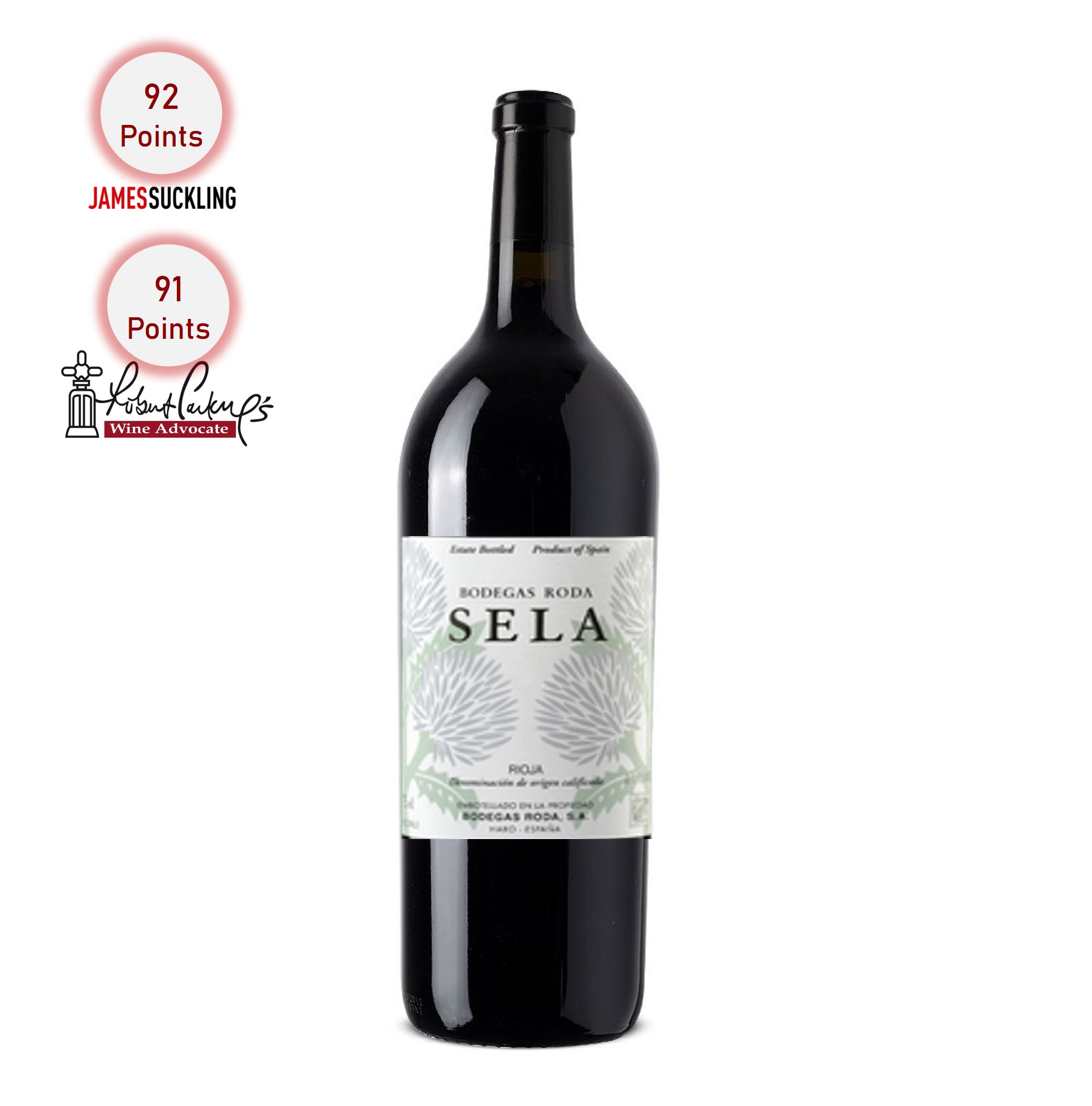1.5L | 14%
Bodegas Roda SELA is a young, strong wine, it has lots of things to tell, but with the fresh voice of youth.
Coming from sustainable vineyards. It’s ready to be consumed as soon as it’s released, with a younger aging than its older brothers and with a great bottle aging capacity.
An attractive wine to young people that begin to live the passion of the wine world.
RM363.00
Colour: Medium layer wine with a bright red background and a red rim.
Nose: It is intense and very fruity, the red fruits stand out above the glass, with a sensation of liveliness. The oak is practically imperceptible, as benefits a wine made from used oak. There is a lot of freshness, and the main fruity note is linked to the cherry and its stone. The aromatic set is light and cheerful with a fruity sensation that makes it very appetizing. Completing the set are aromas of fresh herbs.
Palate: The first sensations felt are the fruity character and the redness, in the range of fresh cherries. Medium volume, with fine and lively tannins. The aromatic herbs also appear together with the fruit. The freshness combined with the sensation of red fruits is the sensation that remains throughout the palate. It is a long wine, and the perception of aromas and flavours remain for a long time, leaving a memory of freshness and light pleasure. Excellent wine to drink by glass and with light meals. It perfectly supports cold temperatures for service. It is an example of the freshness of the rainy and Atlantic vintages.
Grape Varieties: 94% Tempranillo, 2% Graciano and 4% Garnacha.
Aging: 12 months in second-use French oak barrels
Bodegas Roda as founded in 1987 and its facilities have been adapted to the needs of each time and the pace of development, growing structurally in four phases developed in 1991, 1996, 2000 and 2018. Carmen Daurella and Mario Rotllant arrived in La Rioja with the firm intention of creating a project able to provide the world of winemaking with something new. All have been carried out according to the challenges of each time, the 2018 – which has just been concluded- had an energy objective in line with to the 21st century: optimizing energy efficiency and using renewable energies.
Bodegas Roda is located in the edge of the river Ebro, in a balcony of the Railway Station District (Barrio de la Estación) in Haro, La Rioja, over a XIX century “calado”. The vine growers used to use it to stock their harvests, that would be, subsequently, sent to Bordeaux by train to mitigate the damages caused by phylloxera.
https://roda.es/en/bodegas-roda/about-roda

| Brand | |
|---|---|
| Grape Variety | Tempranillo, Garnacha, Graciano |
| Country | Spain |
| Product Type | Red |
| SID | D03F |
| Return Policy | Non-Returnable : This product is non-returnable due to exclusivity/consumable nature of the product. |
Discover our diverse range of flavourful alternatives, ready to surprise and delight your palate.
Industry-leading security powered by iPay88 & Stripe.
Besides Visa & Mastercard, we also accept T&G, Grab, and other eWallets